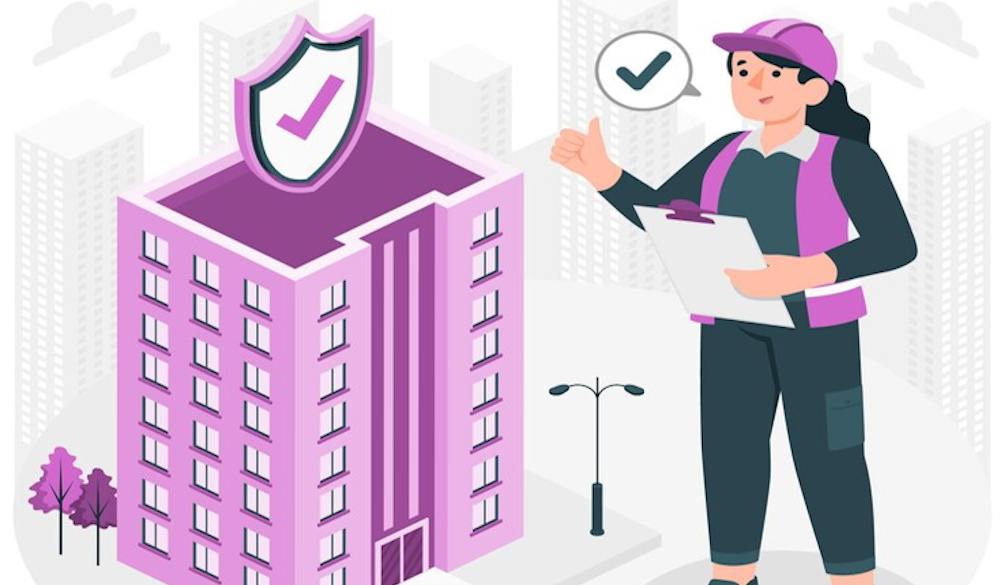How to Ensure Your Building Complies with Emergency Lift Standards

In the realm of building management and construction, ensuring compliance with emergency lift standards is not merely a regulatory requirement but a fundamental aspect of building safety. This article explores how to ascertain that your building is compliant with the necessary standards, offering a clear pathway to meet these obligations effectively. By implementing thorough checks and adhering to the outlined standards, property managers and developers can both improve safety and enhance the functionality of their emergency lifts.
Understanding the Basics of Emergency Lift Standards
Emergency lift standards are designed to ensure that lifts used during emergencies are reliable, safe, and accessible to all individuals, including those with disabilities. Familiarizing oneself with these standards is the first step towards compliance. The standards define various aspects, such as the size, weight capacity, and speed of emergency lifts. Compliance ensures that in the event of an emergency, such as a fire or earthquake, evacuation procedures involving these lifts are efficient and effective. It is crucial to understand that these standards are not just recommendations but are enforced by safety regulations that can have legal implications for non-compliance.
To learn more about how these standards apply to different building types, such as apartment buildings, you can reach out to West Coast Elevators, they outline specific considerations for multiple lift systems in larger complexes.
Requirements for Emergency Lift Compliance
A. Physical specifications of the lift
The physical specifications of emergency lifts are rigorously defined to ensure functionality under emergency conditions. The cabin size must accommodate a wheelchair, and the weight capacity should be sufficient to handle the potential high traffic during evacuations. Door widths and the lift pit depth are also specified to enhance safety and accessibility. Ensuring these physical specifications meet the standard codes is the first critical step in achieving compliance.
B. Required safety features
Safety features in emergency lifts are paramount. These include alarms, intercom systems, and emergency lighting systems that must remain operational even during power outages. Additionally, lifts should be equipped with fire-resistant materials to prevent the spread of fire and smoke within the lift shafts. Compliance with these safety features not only adheres to regulatory standards but significantly enhances the chances of safe evacuations during emergencies.
C. Operational standards
Operational standards for emergency lifts focus on the performance and response during emergencies. This includes the lift's ability to remain functional during various emergency scenarios, such as fires or power failures. Features such as automatic return to designated floors and the capacity to switch to emergency power sources are critical. Regular tests of these operational capabilities are essential to ensure that the lifts perform as expected during actual emergencies.
D. Technological standards, including features for persons with disabilities
Technological advancements have significantly influenced emergency lift standards, particularly regarding accessibility for persons with disabilities. Compliance now requires that lifts include audible announcements, braille buttons, and sufficient space to accommodate service animals. These technologies not only make emergency lifts more accessible but also ensure that all individuals have equal opportunities for evacuation during emergencies.
The Process of Ensuring Compliance
A. How to conduct a self-assessment of your building's lifts
Conducting a self-assessment of your building’s lifts is a proactive step towards compliance. This involves checking all aspects of the lifts against the current standards, documenting the findings, and addressing any areas of non-conformance. A detailed checklist that includes the physical specifications, safety features, and operational and technological standards should guide this assessment.
B. Getting a professional assessment
While self-assessments are useful, obtaining a professional assessment from certified inspectors is crucial. These professionals have the expertise to identify issues that may not be obvious to untrained individuals. They can provide detailed reports and recommend specific actions to ensure compliance with the latest emergency lift standards.
C. Necessary documents and permits required
Compliance with emergency lift standards also involves maintaining and presenting the right documents and permits. These documents typically include inspection reports, maintenance logs, and compliance certificates from certified authorities. Ensuring these documents are up-to-date and readily available is essential for legal and safety reasons.
D. Routine maintenance checks to ensure ongoing compliance
Routine maintenance checks are indispensable for ongoing compliance with emergency lift standards. These checks help identify potential issues before they escalate into major problems. Maintenance should cover mechanical components, electrical systems, and safety features, ensuring they are in optimal working condition. Consistent maintenance not only aids compliance but also extends the life span of the lift systems.
Conclusion
Ensuring that your building complies with emergency lift standards is a critical aspect of building management that requires meticulous attention to detail and proactive maintenance. By understanding and adhering to the outlined standards and requirements, conducting both self-assessments and professional checks, and keeping all necessary documentation in order, building managers can achieve compliance effectively. Remember, the ultimate goal is to ensure safety and reliability in emergencies, facilitating a swift and secure evacuation for all occupants. Compliance is not just a regulatory requirement but a moral imperative to ensure the safety and welfare of every individual who relies on these critical systems in times of need.







